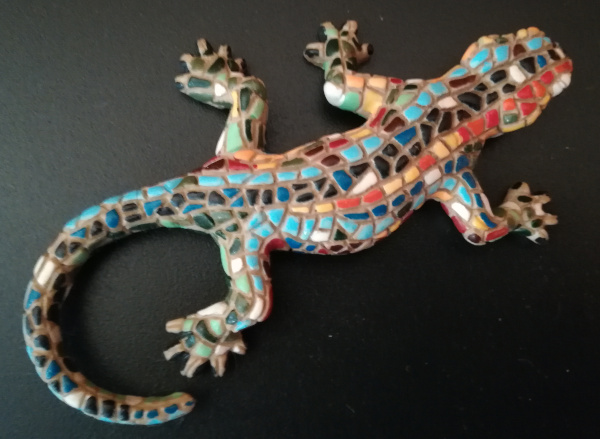Si trova su / Altri legami
© 2021 American Chemical Society.Membranes with robust antiwetting and antifouling properties are highly desirable for membrane distillation (MD) of wastewater. Herein, we have proposed and demonstrated a highly effective method to mitigate wetting and fouling by designing nanofiltration (NF)–inspired Janus membranes for MD applications. The NF–inspired Janus membrane (referred to as PVDF–P–CQD) consists of a hydrophobic polyvinylidene fluoride (PVDF) membrane and a thin polydopamine/polyethylenimine (PDA/PEI) layer grafted by sodium–functionalized carbon quantum dots (Na+–CQDs) to improve its hydrophilicity. The vapor flux data have confirmed that the hydrophilic layer does not add extra resistance to water vapor transport. The PVDF–P–CQD membrane exhibits excellent resistance toward both surfactant–induced wetting and oil–induced fouling in direct contact MD (DCMD) experiments. The impressive performance arises from the fact that the nanoscale pore sizes of the PDA/PEI layer would reject surfactant molecules by size exclusion and lower the propensity of surfactant–induced wetting, while the high surface hydrophilicity resulted from Na+–CQDs would induce a robust hydration layer to prevent oil from attachment. Therefore, this study may provide useful insights and strategies to design novel membranes for next–generation MD desalination with minimal wetting and fouling propensity.


